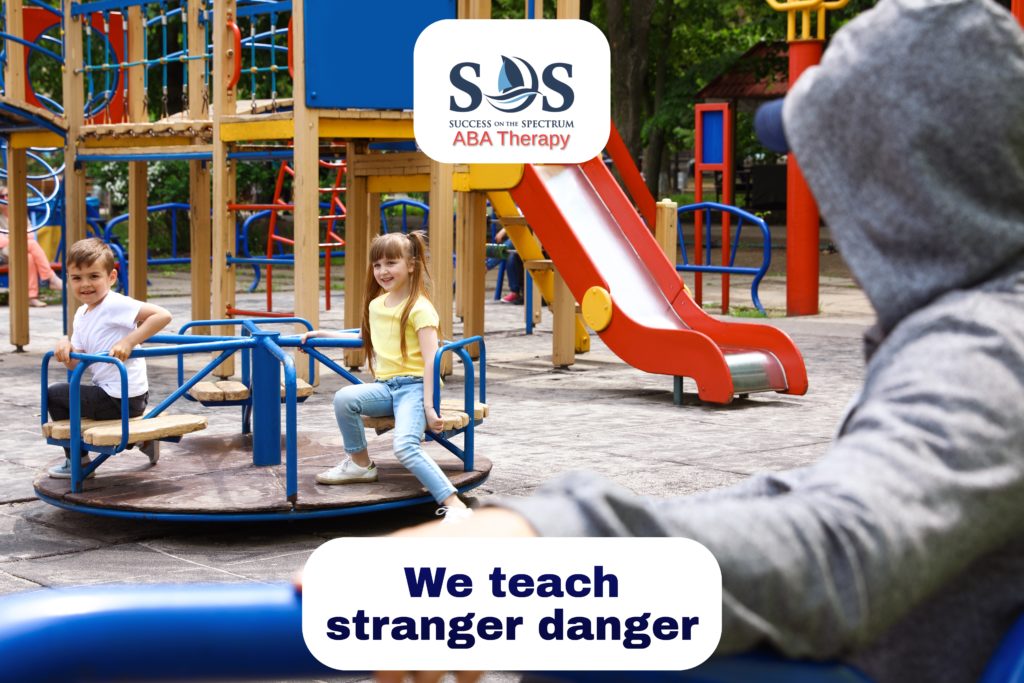When parents learn that their children have an autism diagnosis, they want nothing more than to help their little one thrive. One of the most effective approaches for early intervention is Applied Behavior Analysis (ABA). ABA is backed by decades of research and ABA providers are working towards rebuilding their relationship with neurodiverse people and their families by providing compassionate applications of the therapy.
Families seeking ABA therapy for their children in the Lithia area can now access these services in a school-like, child-centered environment located right on the Children’s Academy Fish Hawk campus. This unique environment brings education, ABA therapy, as well as occupational therapy and speech therapy together under one roof, allowing children to grow, learn, and receive individualized support in one convenient place.
Whether you’re just starting to explore resources for your child or working through less-than-ideal perceptions of ABA therapy, this article will discuss the strides that ABA practitioners have made to incorporate and validate previous and ongoing criticisms of ABA. This article will review how ABA practitioners have been responsive to community feedback and how practitioners, in collaboration with neurodiverse people and their families, can support early learners with autism to share memorable moments with their peers and families through play, songs, and words.
Rebuilding Trust
Historically, ABA professionals prioritized the effectiveness of interventions without acknowledging the importance of a family’s perspective, or the potential that some interventions may have to cause psychological or physical harm to the people who trusted them with their care. ABA providers are now acknowledging these serious downfalls of ABA’s application and are creating treatments that are assent-based, trauma-sensitive, and client-centered. These include interventions such as Dr. Greg Hanley’s Skills Based Training and Dr. Sally Rogers and Dr. Geralidine Dawson’s ESDM intervention. These practices honor a child’s right to choose, to voice their preferences, and to explore their interests on their timeline. ABA professionals are actively working to create joyful learning experiences that affirm a child’s right to make choices and express their wants and needs while using evidence-based teaching strategies.
How ABA Therapy Works
ABA therapy might sound clinical and impersonal, but at its heart, it’s about learning step-by-step and celebrating all the little wins along the way. It’s not a one-size-fits-all approach and practitioners honor that each definition of success is different for the children we work with. Therapists take the time to figure out what works best for each child. Each teaching strategy is tailored to help them thrive in everyday situations. Here’s a peek at how it works in real life.
Learning Through Play
Naturalistic teaching models such as the ESDM follow the motivations and interests of the child. This allows the rewards of playing with their favorite toys to be built into their learning sessions. A child can learn how to imitate, use vocal language, count, and share with others all in the contexts of bubbles or building a train set. Teaching within play ensures that a collaborative activity with another person is always central to the learning opportunity. During each learning activity, a child has the opportunity to build the foundation of their social skills. This includes learning skills such as showing, sharing, pointing and directing smiles with others.
Following the Child’s Motivation
Naturalistic teaching models ensure that a child’s interests are celebrated and that their motivations are acknowledged. Therapy sessions become less about following directives from an adult than it is about learning the value of interacting with other people. Learning from a therapist who is a play partner and learning skills within a play routine allows children to learn that other people can be helpful, funny, and comforting. This builds the foundation and motivation for forming meaningful relationships with family members and peers.
Supporting Parents
ABA providers work alongside parents to create meaningful learning objectives that align with the family’s values, culture, and goals for their child/children. Parents are an integral part of both the evaluation process and the ongoing treatment. During family meetings with an ABA provider, the family and the clinician will work collaboratively to create routines and supports to help the child and their family move joyfully through their everyday lives within their home environment and community environments.
Ready to get started?
Please contact Success on the Spectrum’s Director of Operations, Marisol Perez, at 813-738-8001. We invite you to tour our program at the Children’s Academy FishHawk Campus. Our Clinical Director, Kristine Minteer, will be onsite to answer any questions you may have.




